Copywriter, social media enthusiast, travel aficionado, sports-person, linguist, et al.
Blog
Ultimate Frisbee: From the car park to today’s major stadiums
Whether you’ve heard of ultimate frisbee or not this extraordinary sport is coming into its own. Reaching the professional level just over two years ago, ultimate frisbee is a sport growing in popularity around the globe. What was once, and still is, a favourite pastime for visits to the park is now being referred to as “the greatest sport in the world,” according to a recent article in the Huffington Post.
The game was first played in 1968 by a group of high school students in New Jersey, U.S.A. Playing a game with a plastic flying disc in the car park of their school soon turned into the organised sport called ultimate frisbee.
A brief introduction:
The sport is governed by the World Flying Disc Federation (WFDF). Affectionately referred to as /wif-dif/ by ultimate frisbee fanatics, WFDF was established in 1985 and governs all disc-related sports in 65 countries.
Ultimate frisbee, or simply referred to as ‘ultimate’ by serious players, is played with a plastic disc that weighs 175 grams. Two teams of seven compete on a pitch 100 metres long and 37 metres wide. Similar to a rugby pitch, 18 metres on either end of the pitch are endzones.
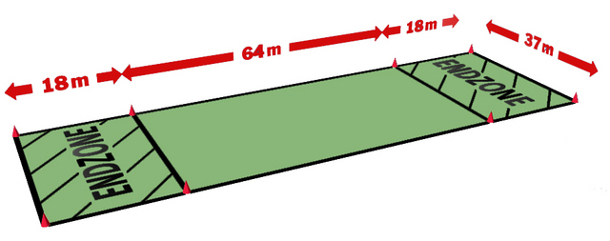
Photo credit: UK Ultimate
Ultimate 101:
- Like in basketball or handball, there’s no running with the ball, or in this case, the disc
- There is a time constraint, or ‘stall count,’ of 10 seconds for a player to be in possession of the disc
- A goal is made when a player catches the disc in their endzone
- 1 goal = 1 point
- A game is won by the first team to score 17 points;however a game can often have a time cap (80-100 minutes), after which the team with the most goals wins
- There are 2 halves, with halftime when the first team reaches 9 points
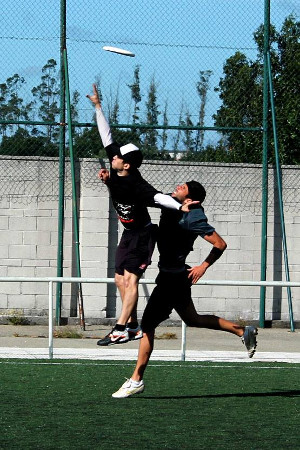
Ultimate frisbee on grass. Photos credit: Vanessa Andrès
The game begins with the ‘flip’, essentially a coin toss but with a disc, the winning team chooses whether they want to start on offence or defence. Each team then stands on either endzone and then the ‘pull’ is thrown – sending the disc from one end to the other. The team receiving the pull starts on offence and the team who pulls starts on defence. The offensive team begins to throw it between each other in an effort to reach the endzone on the opposite end of the pitch and score a goal. If the disc is dropped, intercepted, or lands out-of-bounds then it’s a ‘turnover’ and the team that was on defence is then on offence.
The sport can be played on three different terrains, the authentic grass pitch, for which the rules above pertain, beach, which is played on a smaller pitch and five versus five, and finally, for the fair-weather player, indoor. No matter the terrain there are various divisions that form competitive ultimate frisbee: mixed (men and women), open (men’s), or women’s.
Apart from competitive leagues within associations, ultimate can also be played in a more relaxed setting. Whether you’re not into high level competition but love the sport, or you’re an ultimate guru in need of some relaxed play, a hat tournament is just the thing. Just as the name suggests, the format involves signing up as an individual (i.e. put your name in a hat) and the tournament organisers make the teams. These tournaments usually involve a great party, between-game throwing competitions, and a ton of fun.
Spirit of the Game:
Unique to ultimate is something called the ‘Spirit of the Game’ (SOTG). Amateur level ultimate frisbee is self-refereed. SOTG was introduced to maintain fair and friendly play. The sport relies on sportsmanship and respect to resolve violations, restrict dangerous play, and encourage general good conduct. Ultimate tournaments often award the winning team as well as the team that displayed the best SOTG throughout the event.
Ultimate today:
In 2012, ultimate frisbee reached the professional level with the founding of the American Ultimate Disc League (AUDL). Beginning with only eight teams, the professional league now boasts twelve teams split into Eastern and Western divisions. The regular AUDL season takes place at the weekends from April to July. In 2013, Major League Ultimate (MLU) joined AUDL as the second professional ultimate league in the US.
A year later, another milestone was achieved for the sport. In March of 2013 ESPN, the Entertainment and Sports Programming Network, and USA Ultimate, the American national association, announced a multi-year agreement to cover the country’s major ultimate frisbee events on the network.
International media coverage was but the beginning as just a few months later, in May 2013, ultimate frisbee received Olympic recognition. 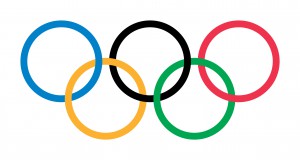 This put the sport on the path to one day taking part in the Olympic Games. While this milestone contributed to the sport’s rising popularity, and had ultimate players abuzz across all social media, it was also a point of contention for many players. Many believe as the sport gains international awareness and moves up the competitive ladder that the Spirit of the Game, the sport’s self-refereed culture, will be at risk.
This put the sport on the path to one day taking part in the Olympic Games. While this milestone contributed to the sport’s rising popularity, and had ultimate players abuzz across all social media, it was also a point of contention for many players. Many believe as the sport gains international awareness and moves up the competitive ladder that the Spirit of the Game, the sport’s self-refereed culture, will be at risk.
Despite the curious looks ultimate players get when they tell someone what they play, the sport continues to gain traction and awareness across the globe. Now at the professional level and one day at the Olympics, ultimate is the sport to watch and get involved in.
Go online and check out your local association for teams near you. The appeal of ultimate is that it can be enjoyed on so many levels; in a competitive league, by picking up the odd game in the park, or by taking part in the extensive hat tournament circuit around world. So get out there – the kit is cool, the people friendly, and the game a blast!
Note: This article was written for Exclusive Sports Media.
Latest posts by Hannah (see all)
- Food lexicon: Canada/US vs UK - July 29, 2014
- An evening in Logroño, La Rioja - July 2, 2014
- Kimmy Fasani : Dedicated to women’s freestyle snowboarding - June 30, 2014
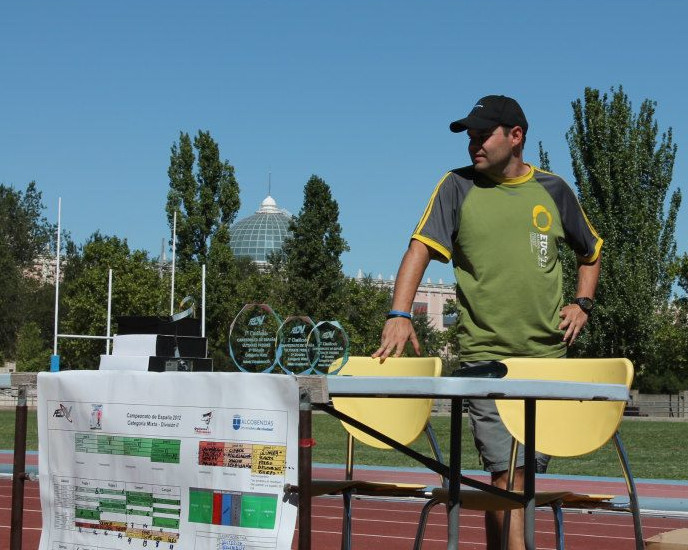
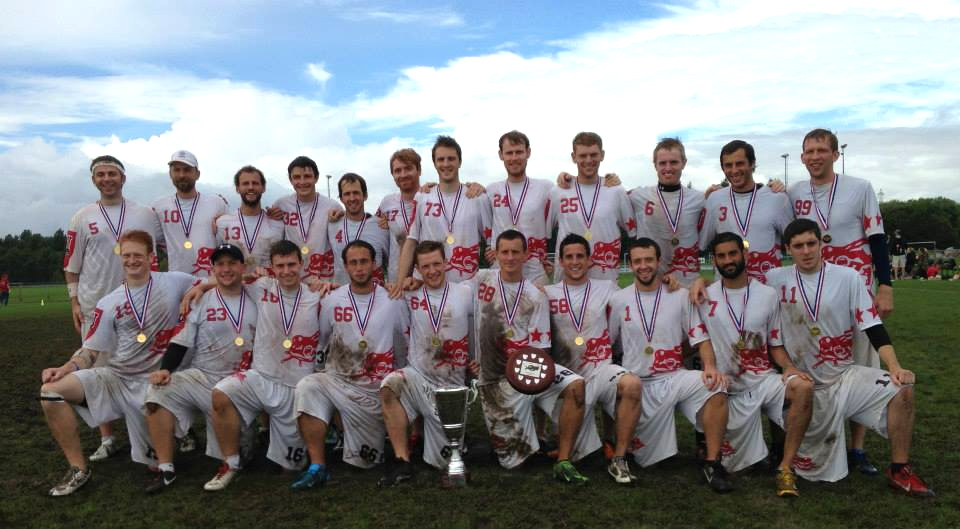
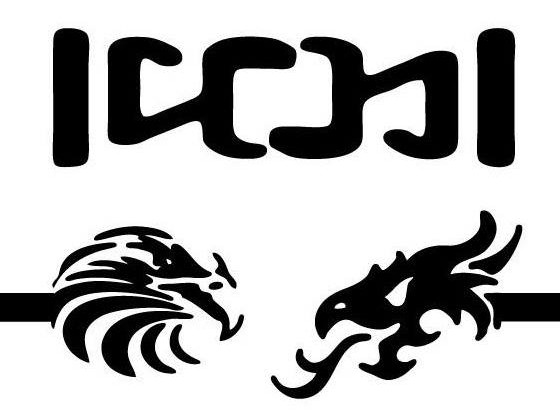
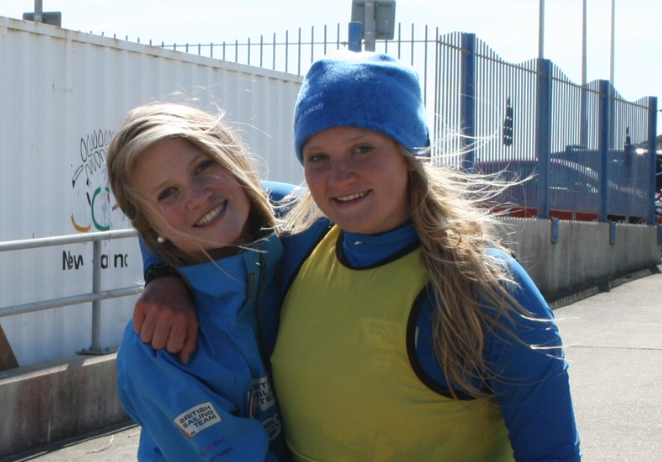

Recent Comments